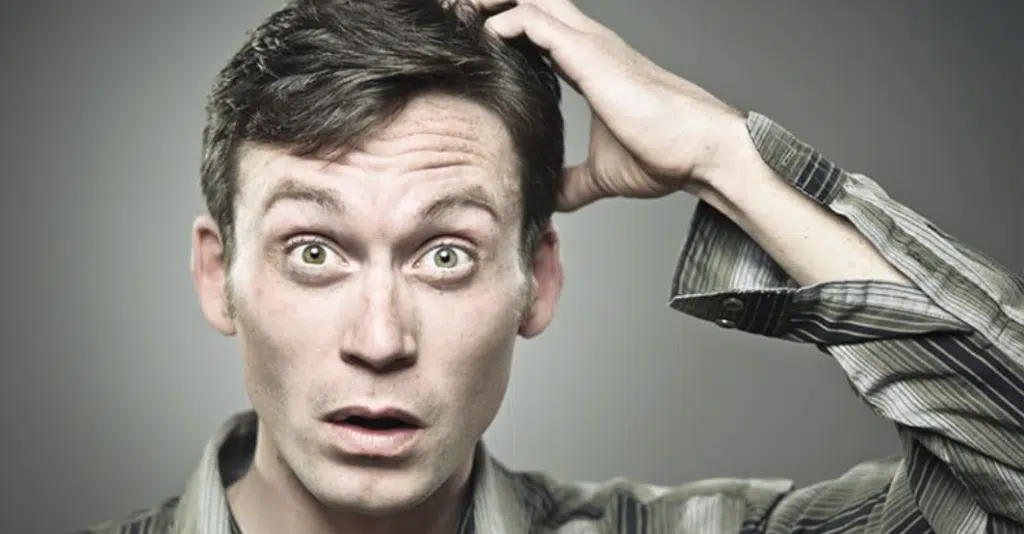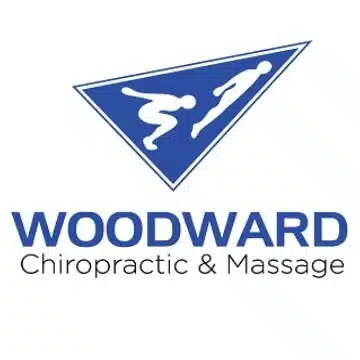Spondylolisthesis describes when one vertebra slips or slides forwards on the vertebra below. It can occur for a number of reasons including getting older (“degenerative spondylolisthesis”). It can also occur from trauma (from a fracture in the back of the vertebra called the “pars interarticularis”). Additionally, one can be born with it (congenital). Spondylolisthesis can occur early in life while the spine is still developing. The most common method of measuring the amount the vertebrae slide forwards is done by the percentage of slip. 50% is when a vertebra has slid forwards halfway over the adjacent lower vertebra.
This can happen anywhere in the spine (the neck, mid-back, or low back). It is most commonly seen in the low back, particularly at the lowest levels (L4 and L5). This occurs in about 3-6% of the population. However, in certain populations, the incidence rate can be three times (or more) higher. For example, certain Inuit populations carry their babies vertically in a papoose that overloads the child’s young spine during development. This results in a greater prevalence of spondylolisthesis among that group.
Spondylolisthesis Studies
Some studies report that spondylolisthesis usually develops at a very young age. Certain pelvic alignment findings may contribute to whether it is likely to occur, such as a “sway back” posture.
An interesting study looked at how often spondylolisthesis is found in subjects with NO low back pain. Researchers reviewed 510 cases of patients presenting with abdominal pain and other non-spine-related complaints. They found spondylolisthesis in 16 cases (3.1%).
So there you have it! If you have spondylolisthesis, you may have no back pain, pain related to something entirely separate from it, or pain directly related to it.
In some cases, the cause of a patient’s back pain may be due to spondylolisthesis caused by an unexpected backward bend of the lower back (like a slip and fall, sports injury, etc.) with immediate pain that increases with backward bending. However, in many cases a patient may present with spondylolisthesis that is stable, old, and has nothing to do with their present complaint. A thorough case history and examination will indicate which is more likely the case so that treatment can focus on the likely cause of the patient’s pain.
We realize you have a choice in whom you consider for your healthcare provision and we sincerely appreciate your trust in choosing our service for those needs. If you, a friend, or a family member require care for back pain, the pleasure is ours to service you today!



